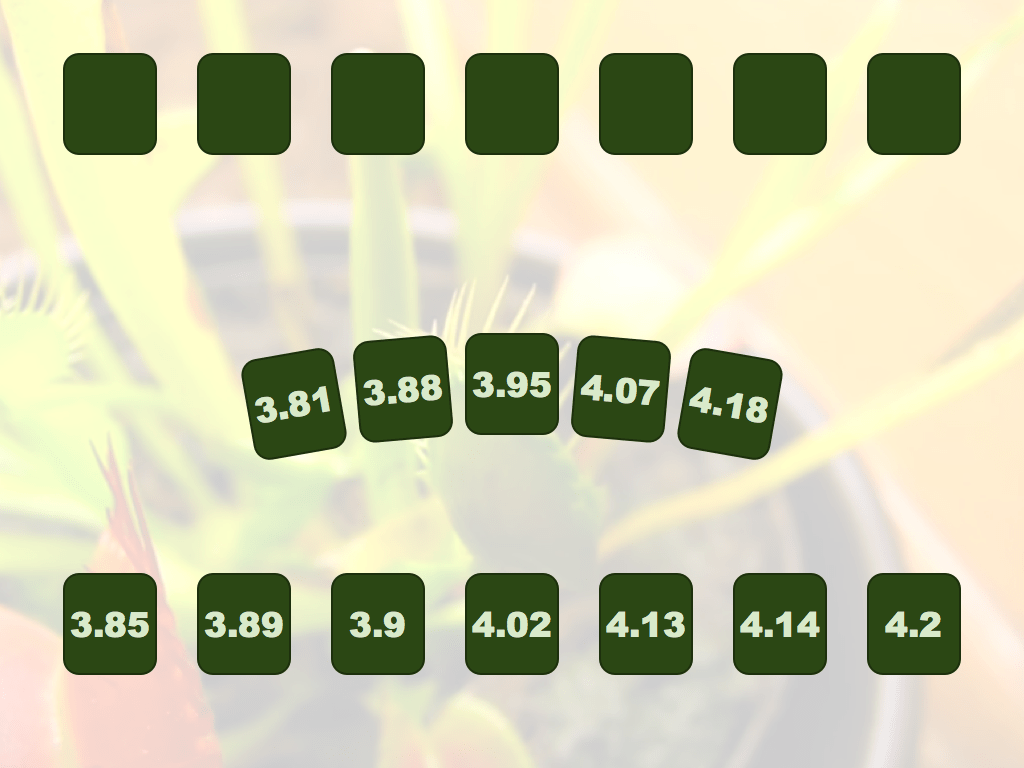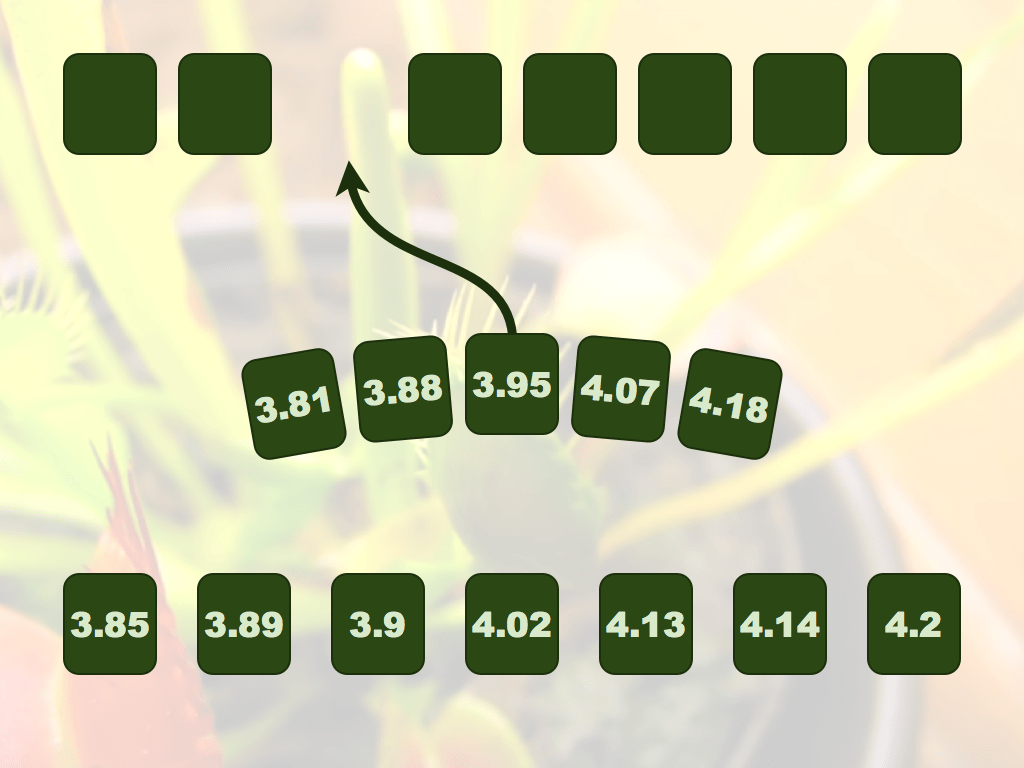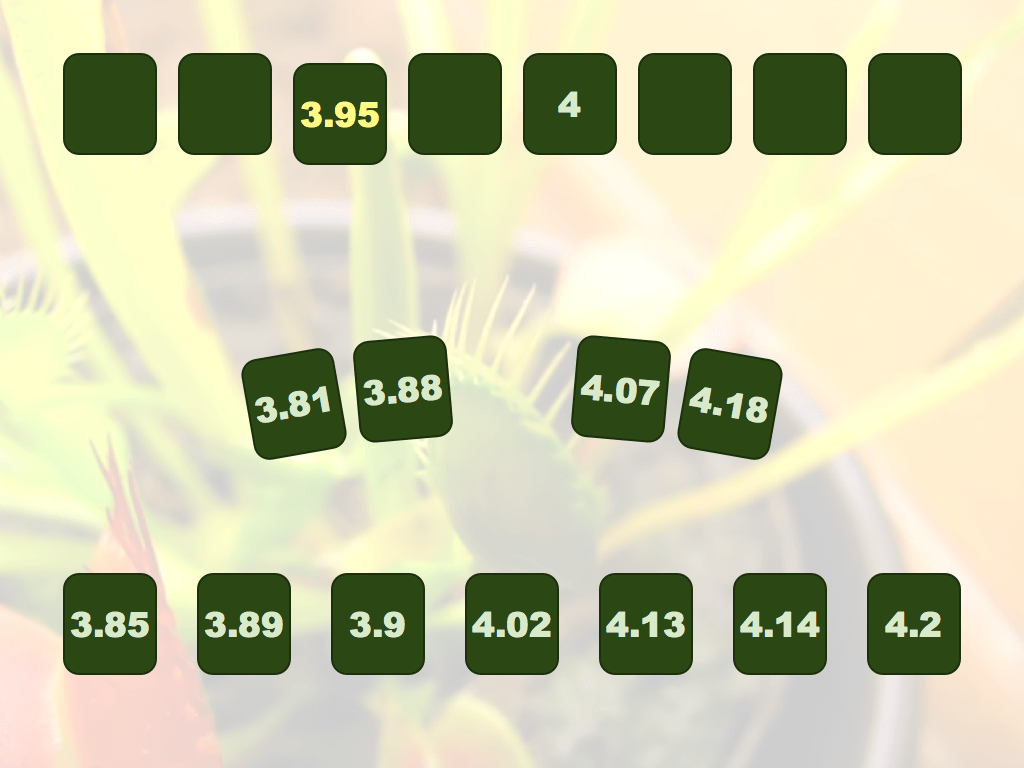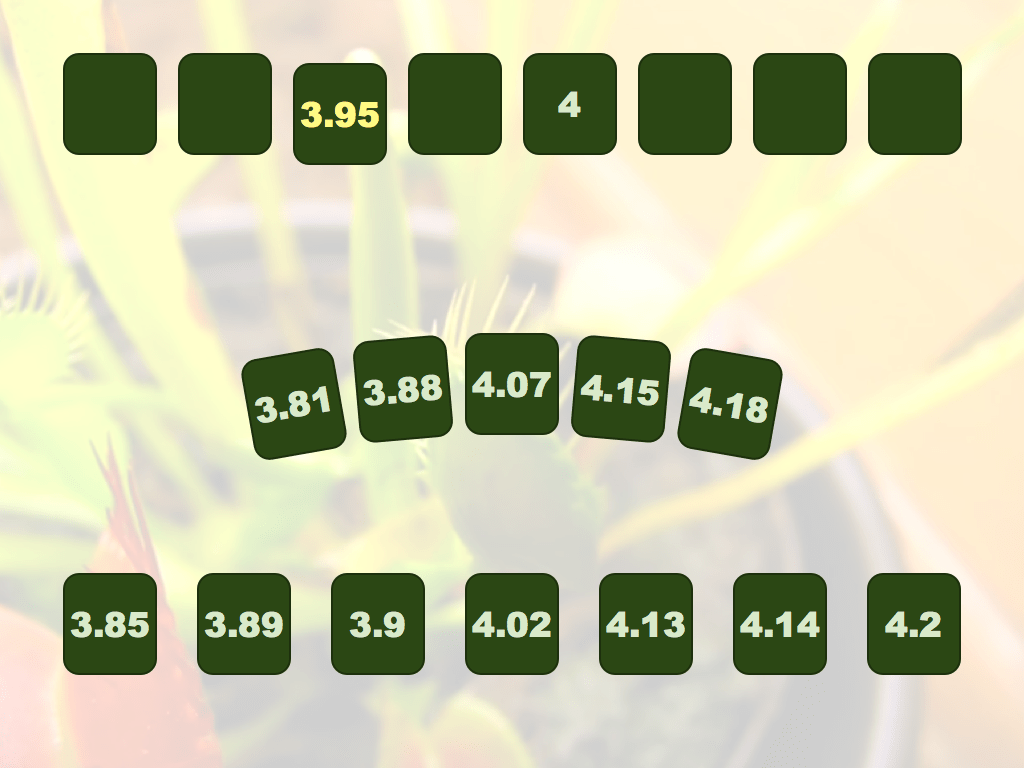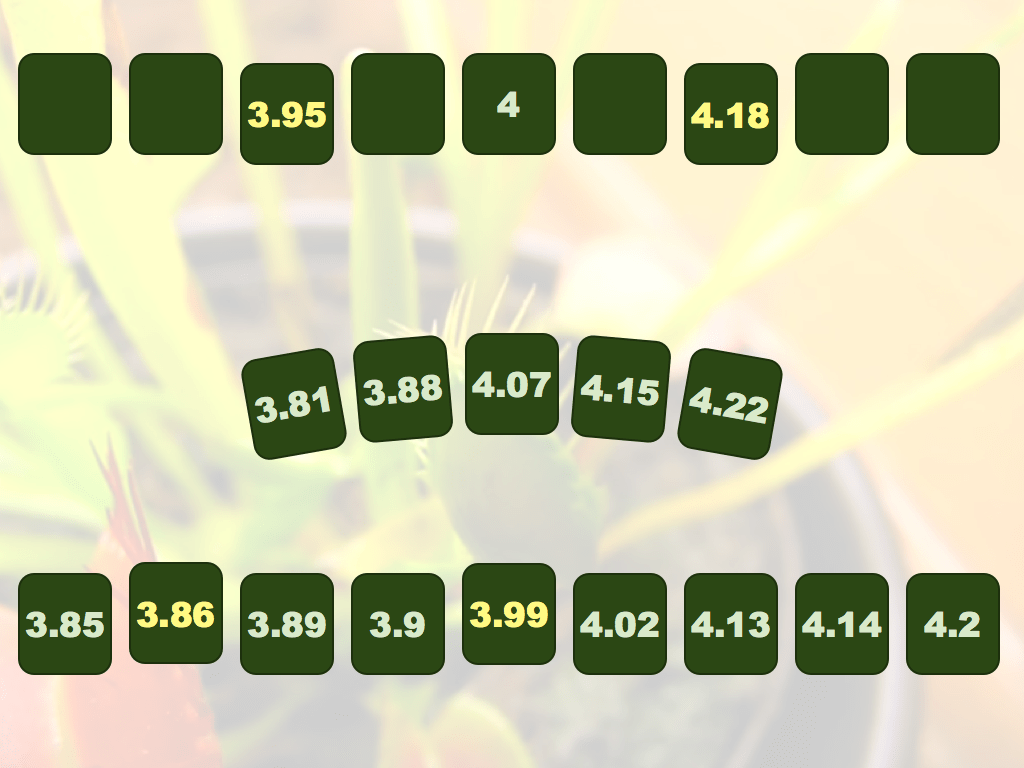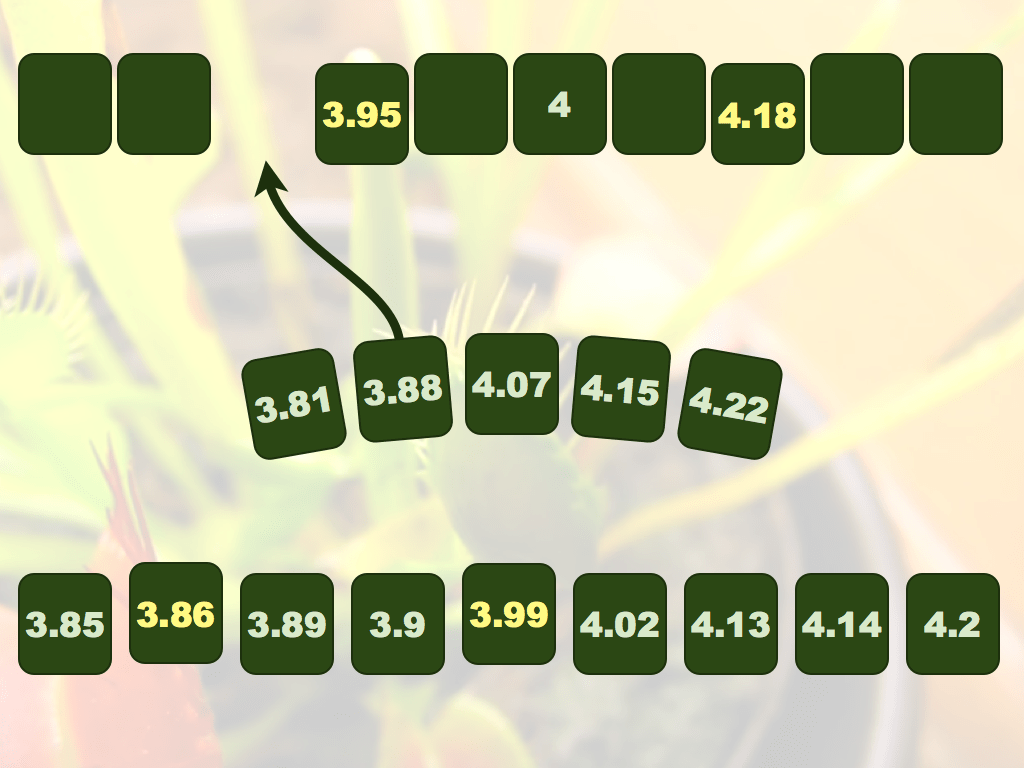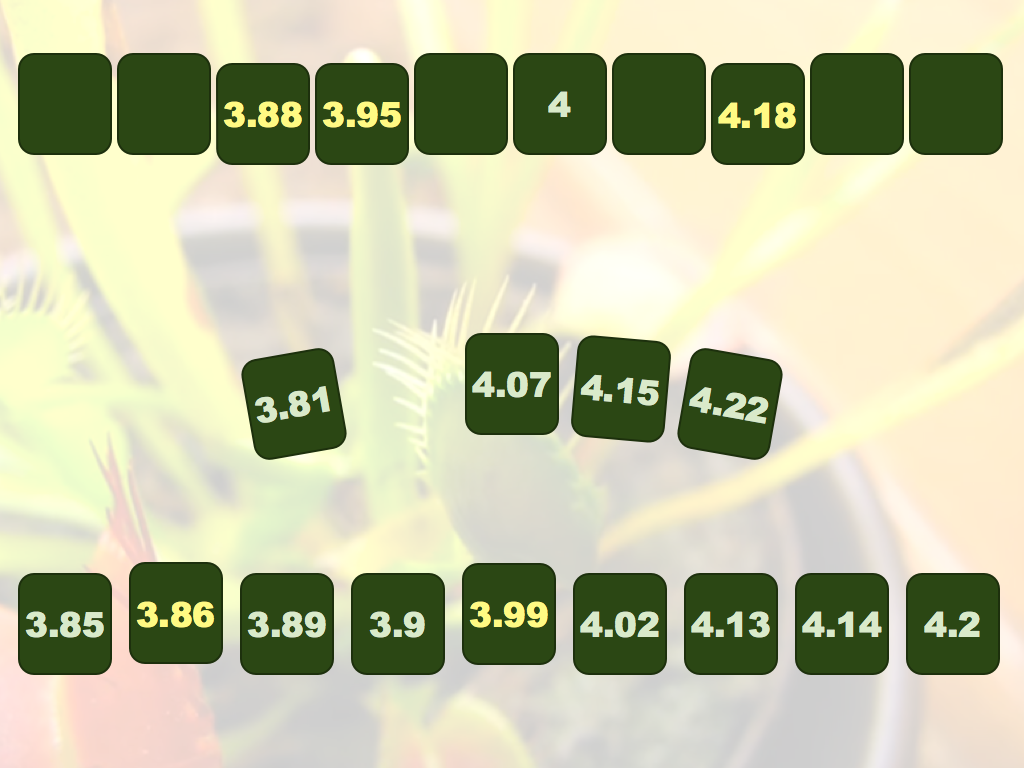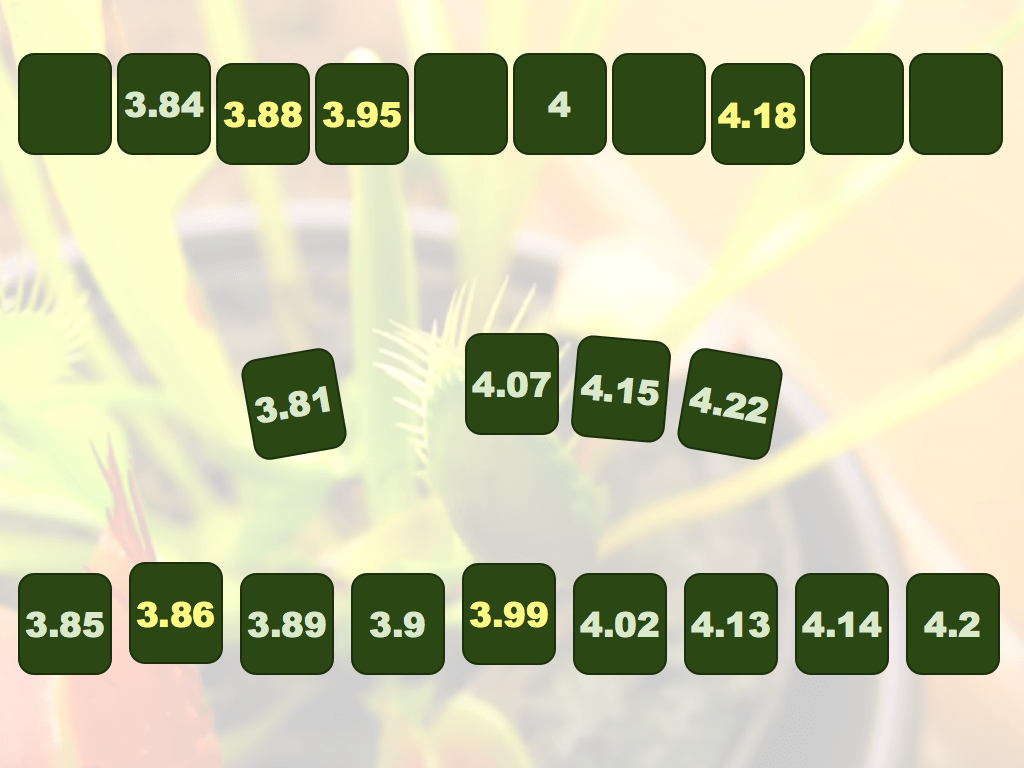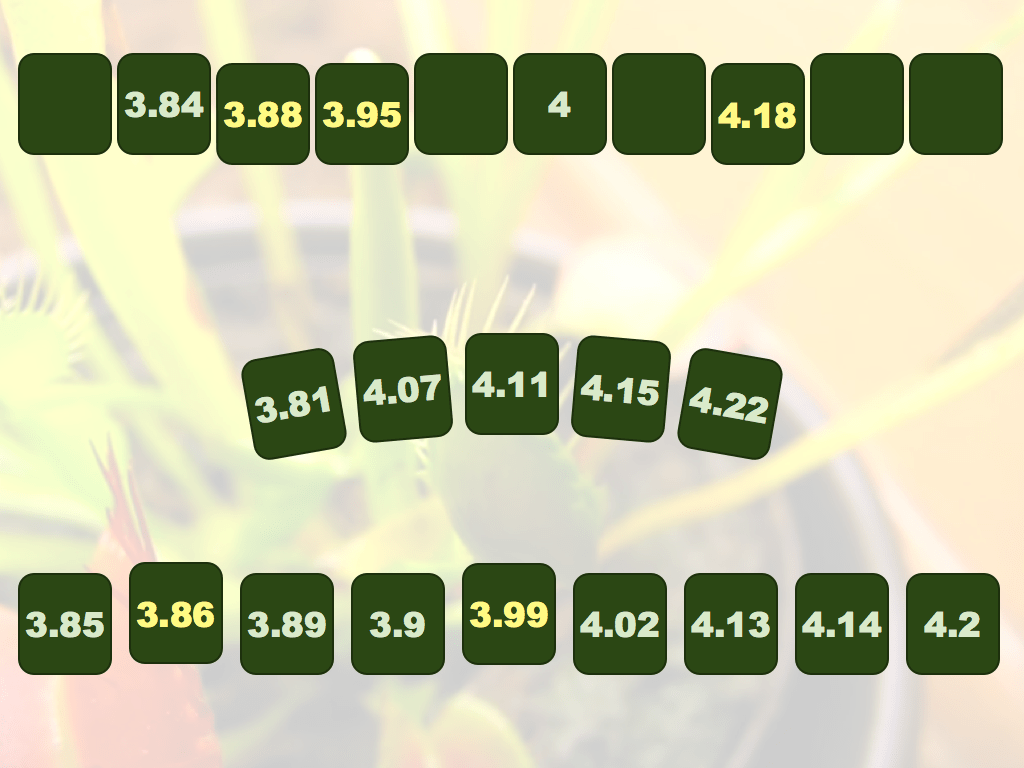Counting
Students practice counting and writing numbers from 1 to 25. Download printable puzzle-sheets here. Some are purposefully impossible.
Make your math class active by teaching real skipping. In this video we go forward, backward and stand still on the number line.
Give your students practice in skip counting. Download the puzzle-sheets here.
Give your students practice skip counting through a magic trick.
For one class teachers should just count and count and count. There is no better way to show the relative size of numbers. Cheating after 200 is allowed 😉
Stack 10 blocks to make any number of towers… the heights of the towers must be different. The king wants to see ALL the solutions!
Some number systems use place value – others do not. This video takes you on a tour of number systems including Egyptian, Arabic, Babylonian, Montessori and Scientific Notation.
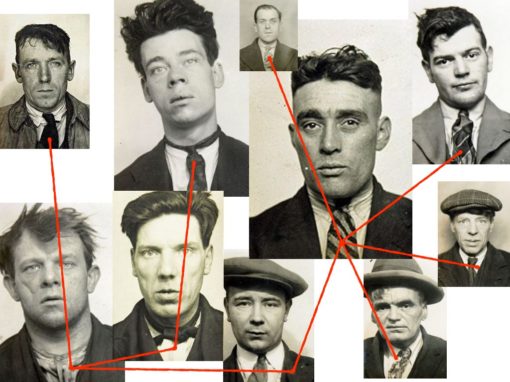
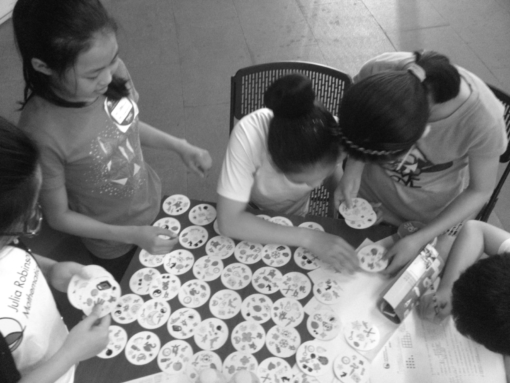
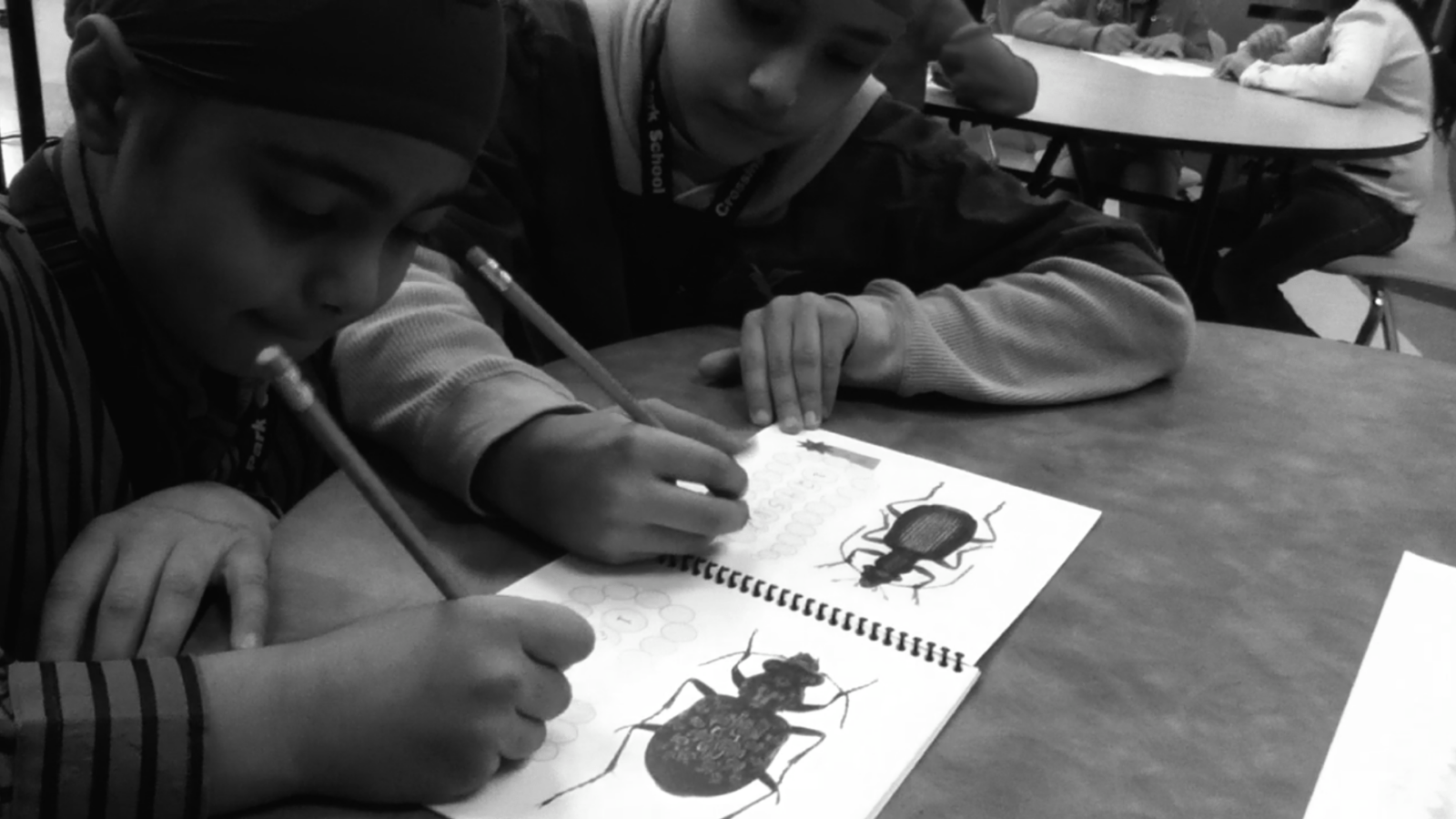
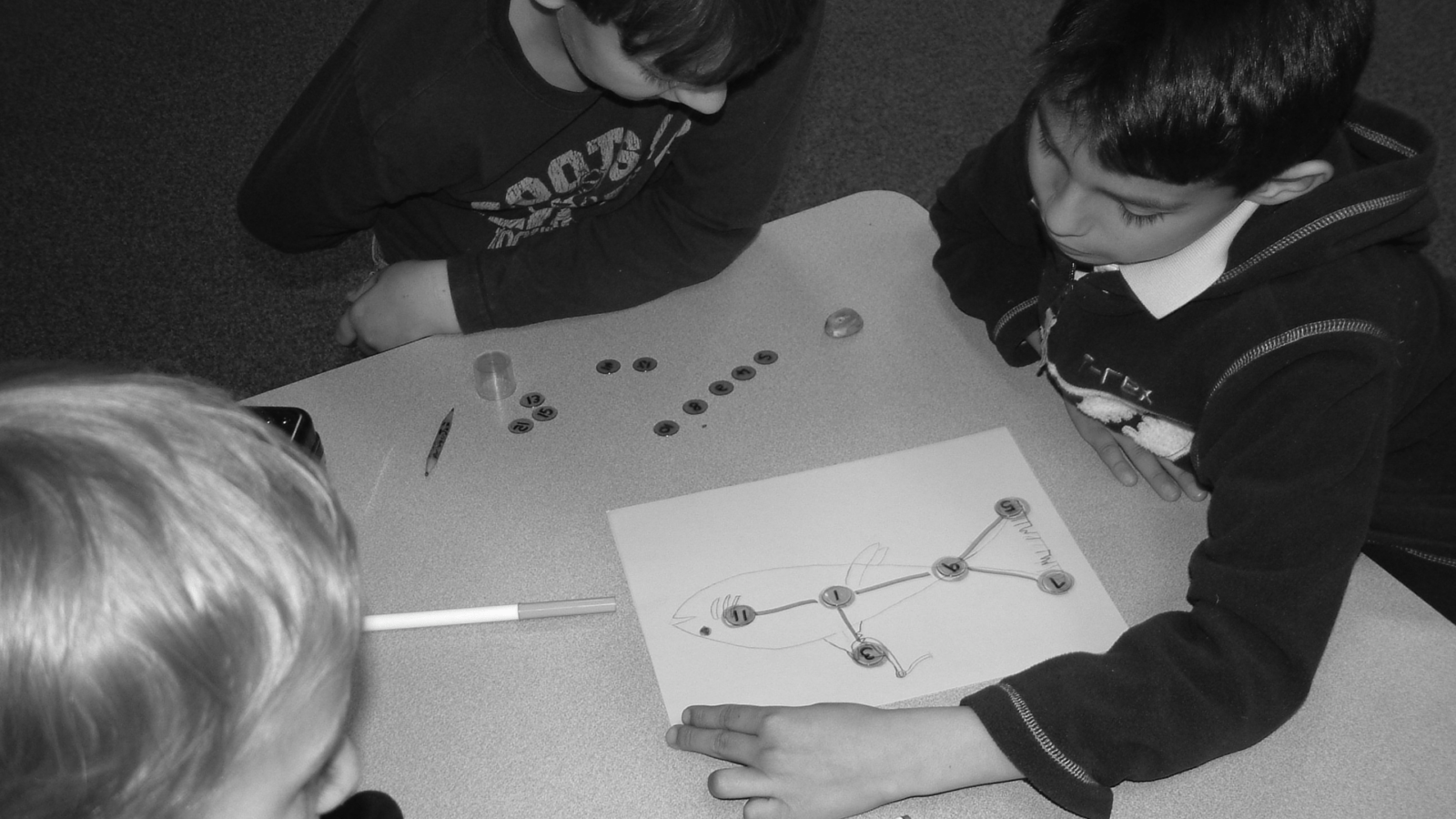
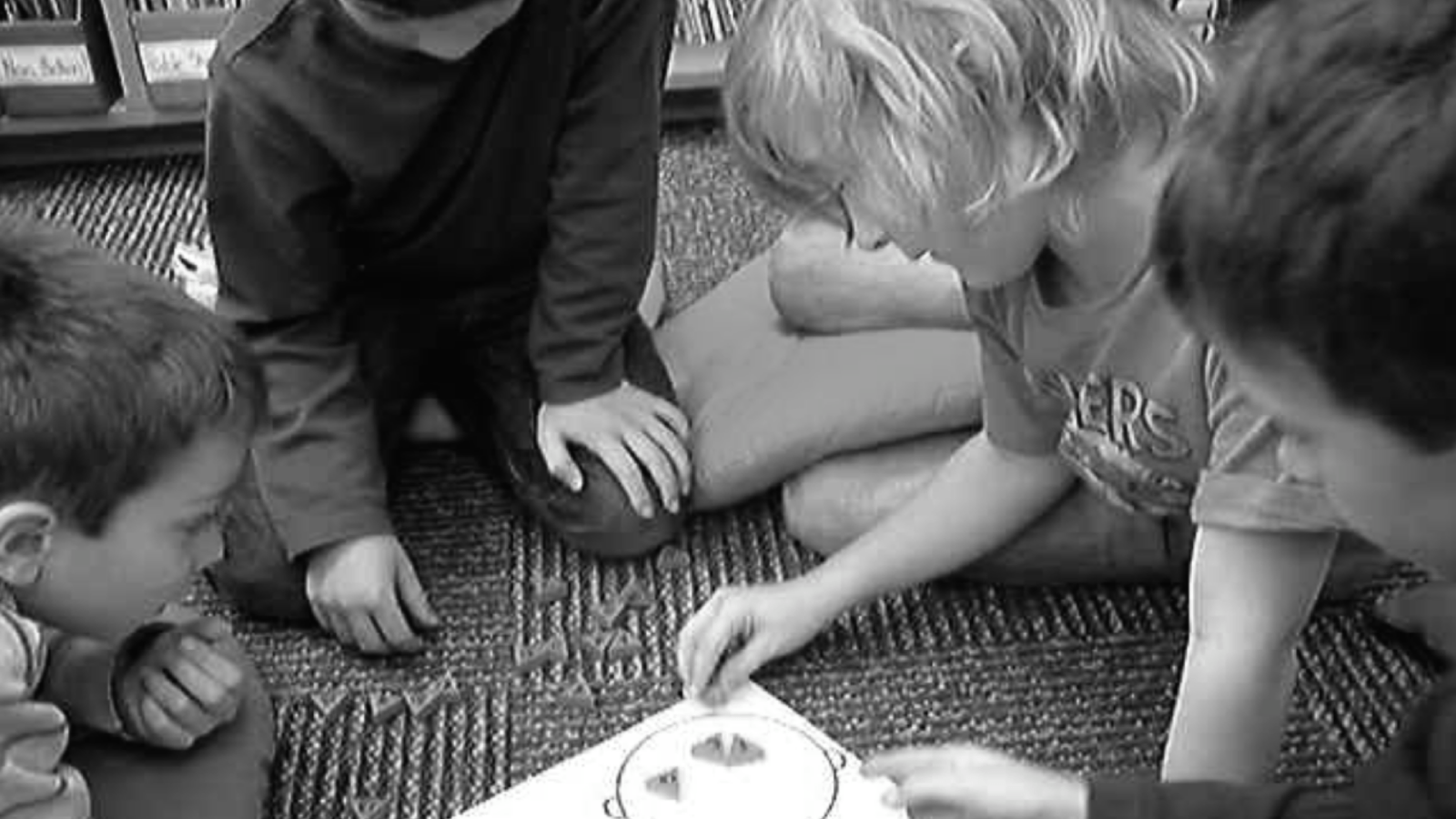
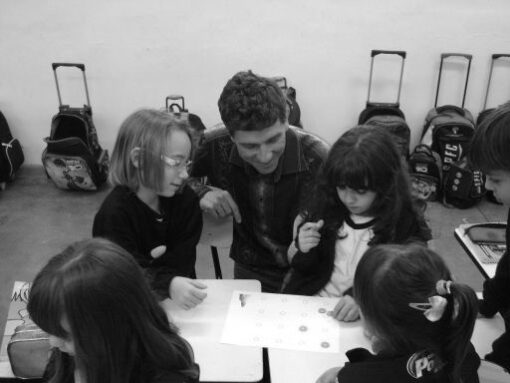
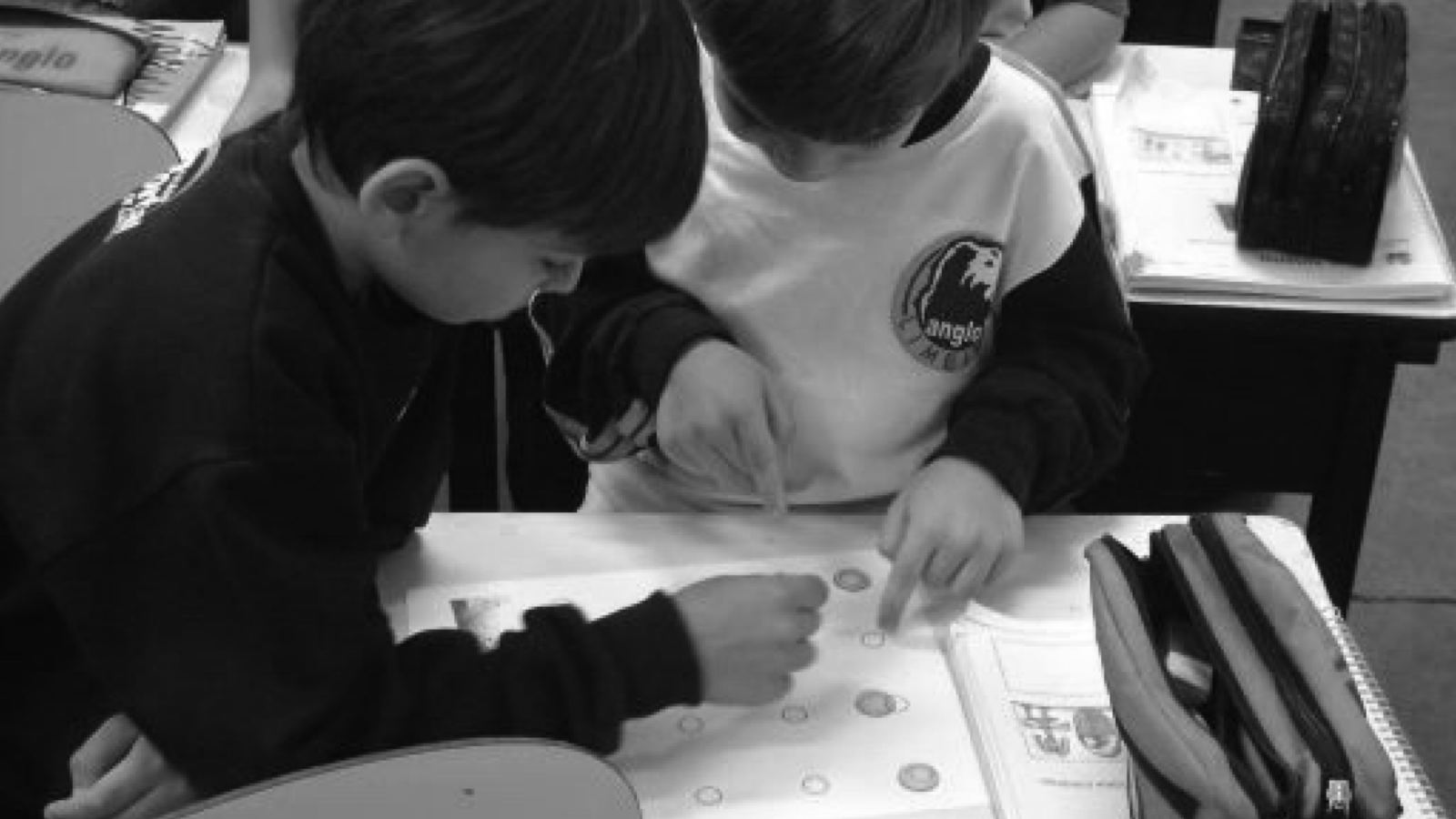
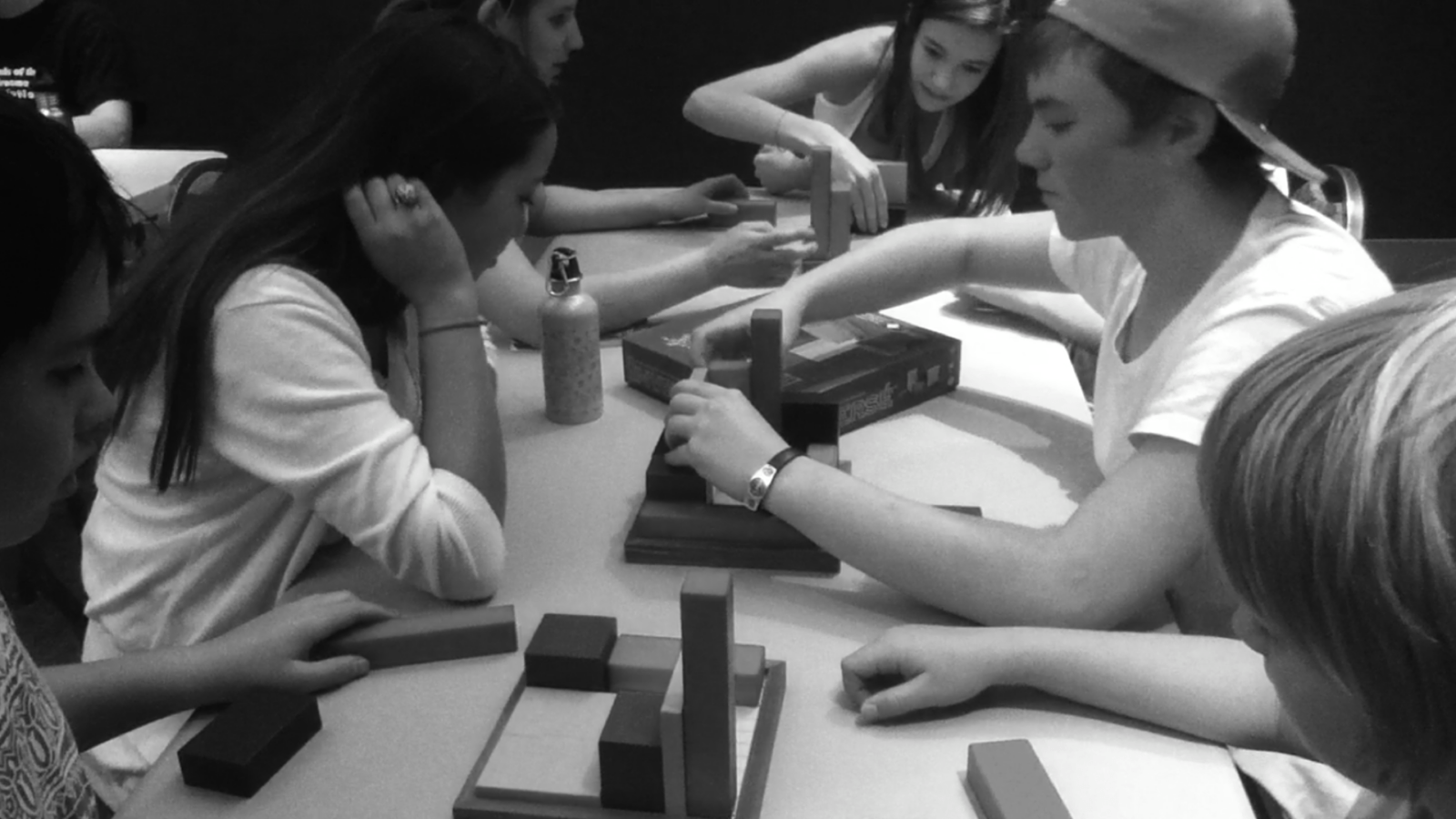
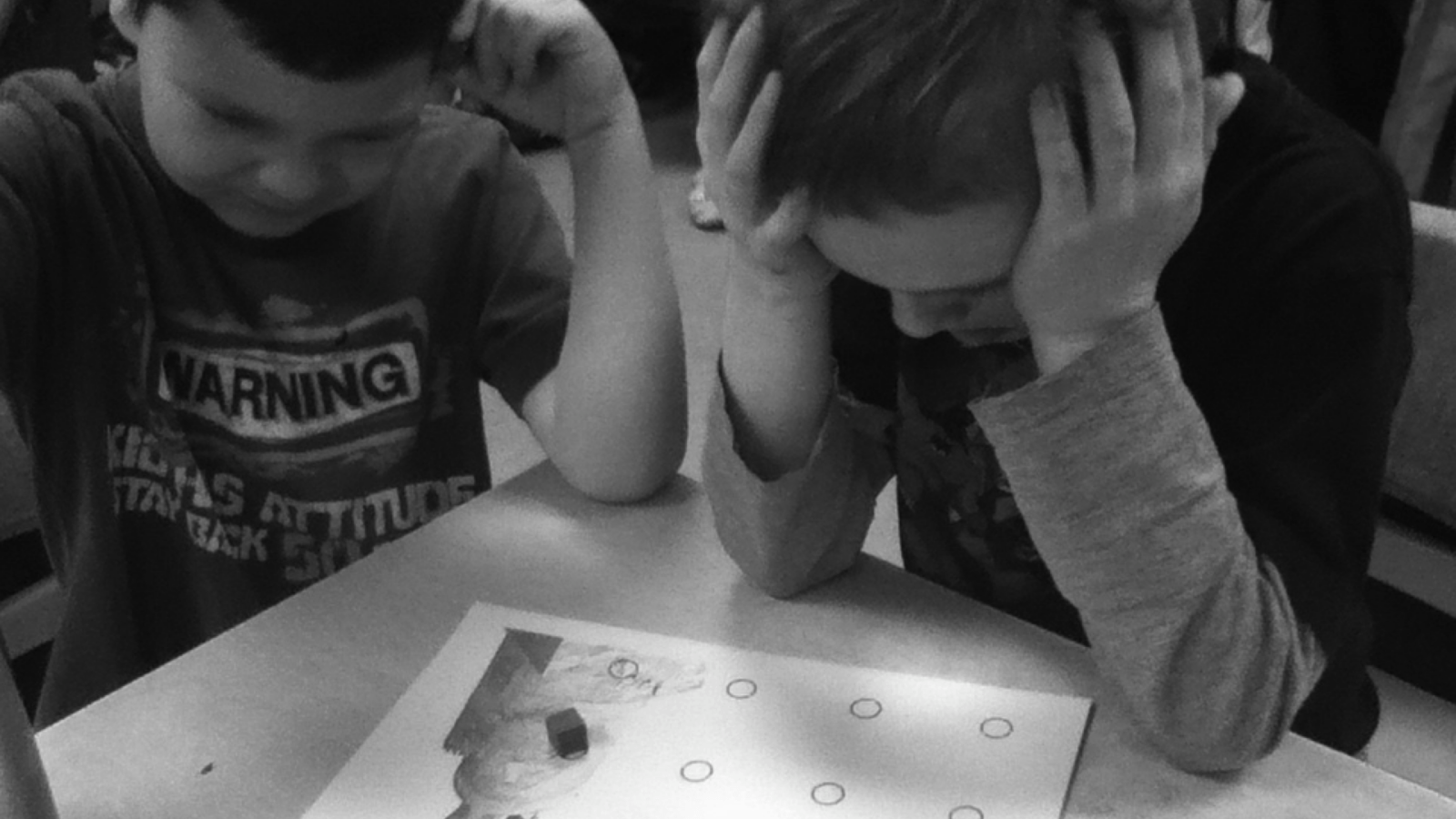
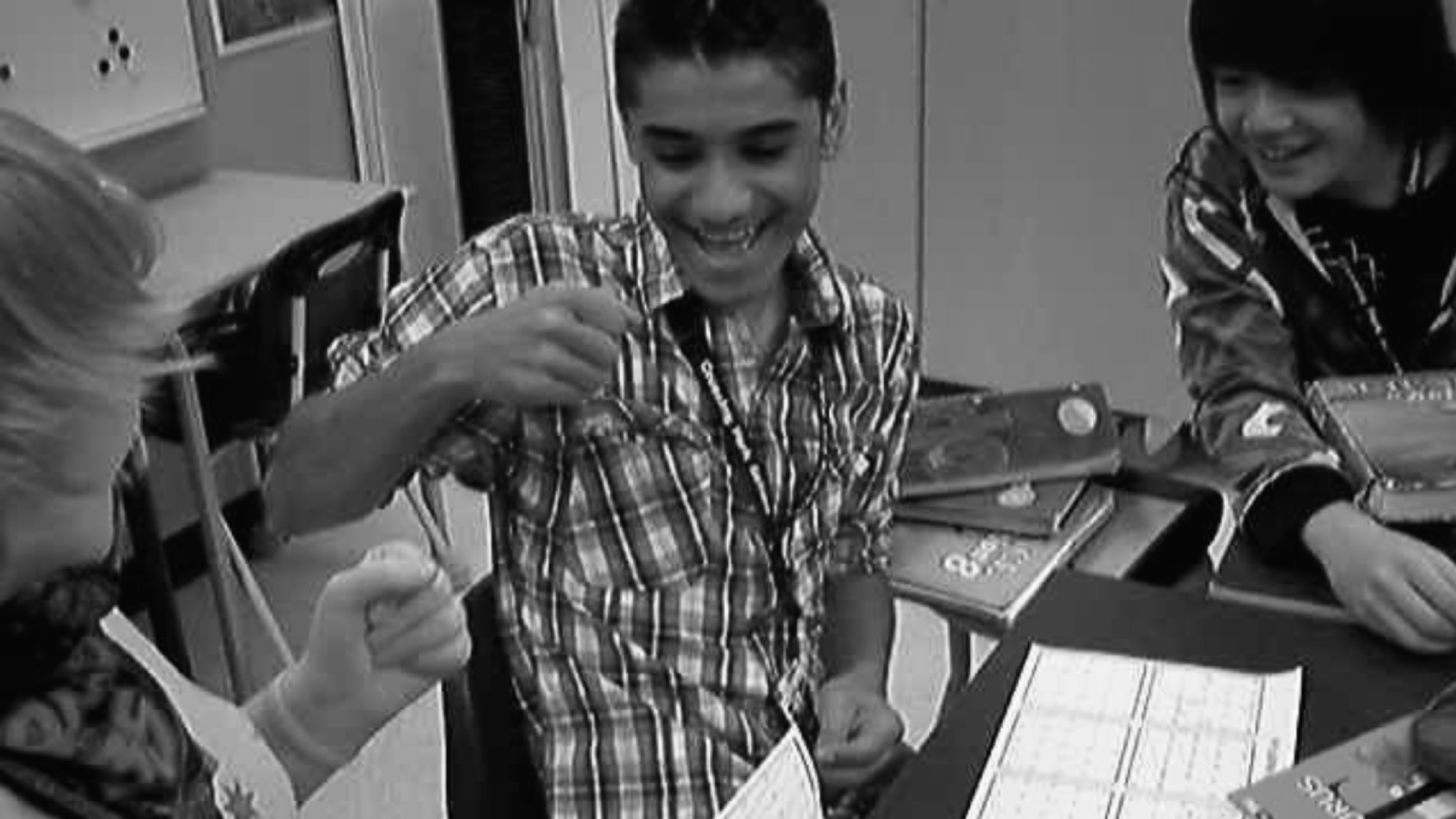
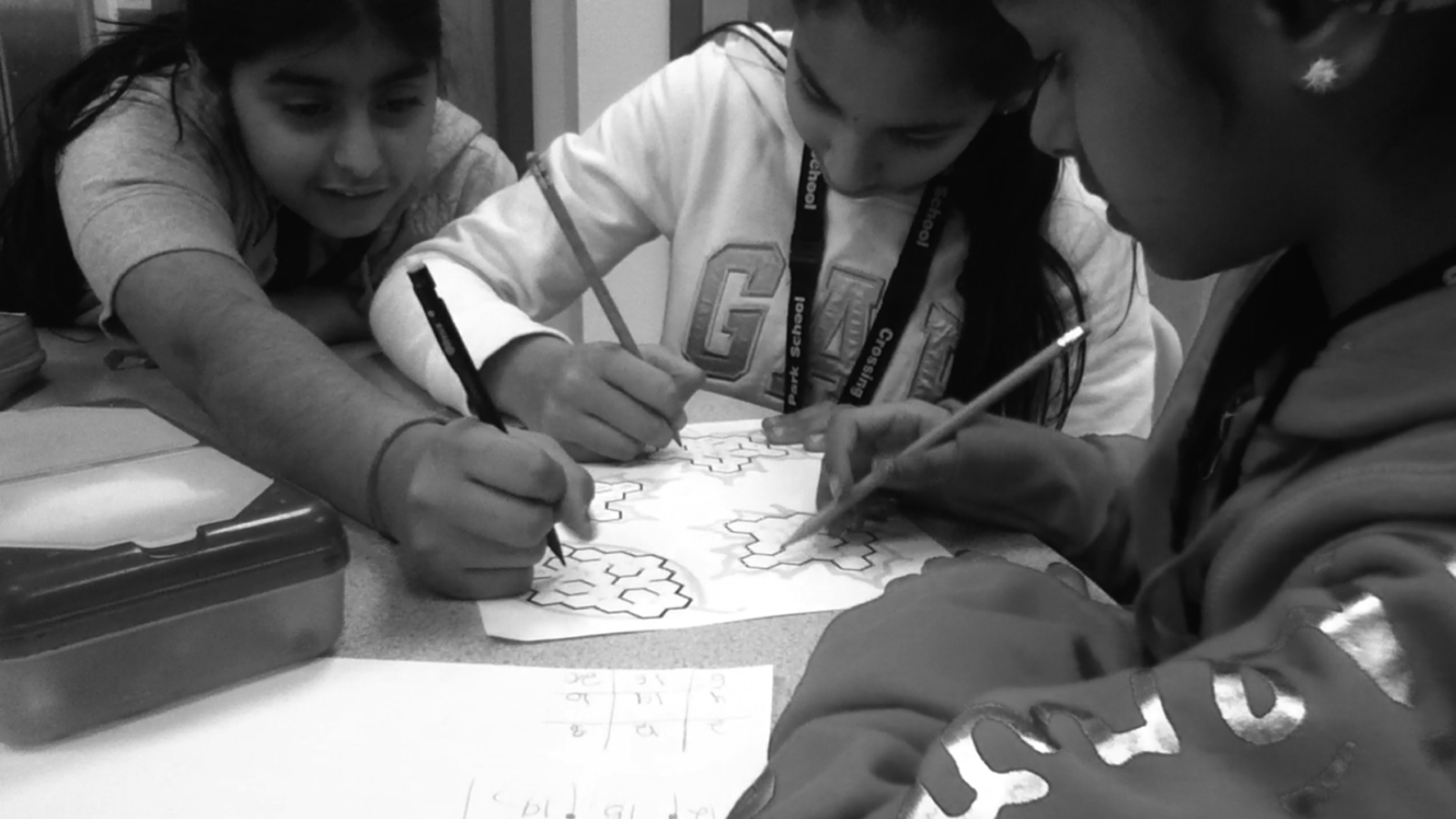
Please use MathPickle in your classrooms. If you have improvements to make, please contact me. I'll give you credit and kudos 😉 For a free poster of MathPickle's ideas on elementary math education go here.

